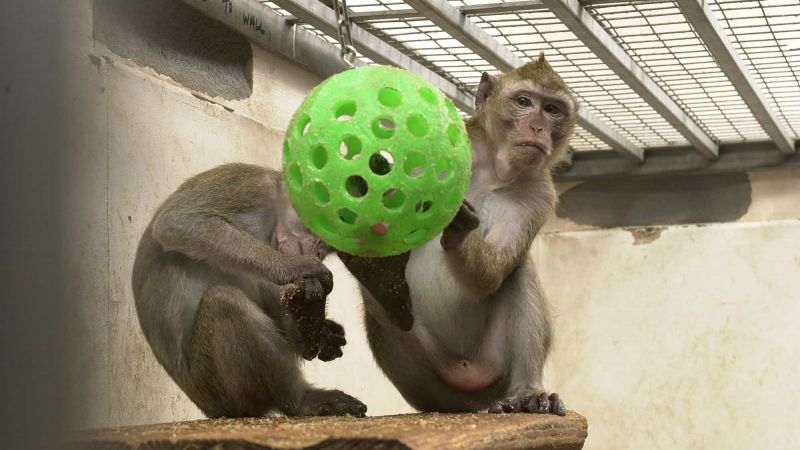Researchers are preparing for clinical trials of the first inexpensive oral treatment for Trypanosomiasis, the parasitic disease commonly known as sleeping sickness that is transmitted to humans by the tsetse fly.
Sleeping sickness affects at least 30,000 people each year in central Africa but surveillance is difficult due to its rural distribution. Without treatment the disease is lethal, especially as it tends to affect populations with limited access to health services.
The disease develops in two stages and presently two separate existing treatments are needed to target these, each requiring a complex course of injections.
In the first stage, the trypanosomes multiply in subcutaneous tissues, blood and lymph. This is known as a haemolymphatic phase, which entails bouts of fever, headaches, joint pains and itching.
In the second stage the parasites cross the blood-brain barrier to infect the central nervous system. This is known as the neurological phase. In general this is when more serious signs and symptoms of the disease appear: changes of behaviour, confusion, sensory disturbances and poor coordination. Disturbance of the sleep cycle, which gives the disease its name, is an important feature of the second stage of the disease. Without treatment, sleeping sickness is considered fatal.
The new medicine (SCYX-7158) has successfully and safely treated infections in mice, beagles and macaques. It is based on a group of new compounds that contain the element boron. SCYX-7158 kills the Trypanosoma parasite, and is effective at both stages of the disease.
Phase 1 safety trials are planned for later this year and as the medicine can be taken orally it is hoped that this new treatment can be developed as a simple, inexpensive medicine in pill form that can be administered at the rural village level.
Learn more about African trypanosomiasis from the World Health Organisation.
Some related information can be seen on our sister website: Animal Research Information.
Last edited: 29 July 2022 14:14



